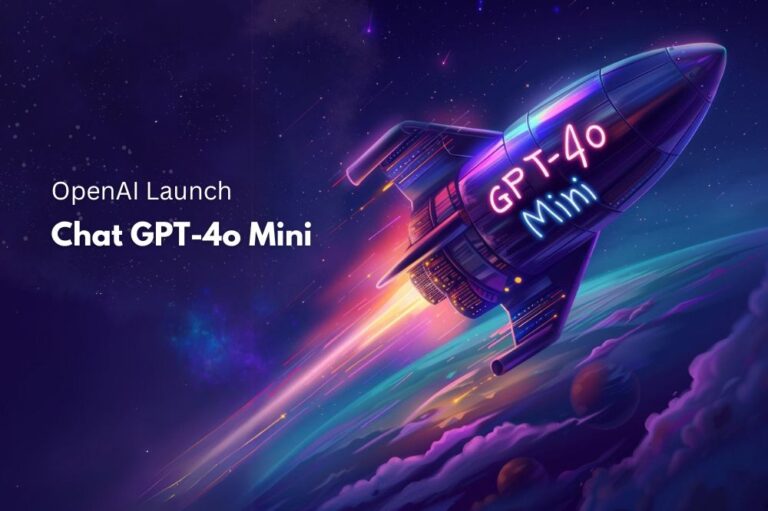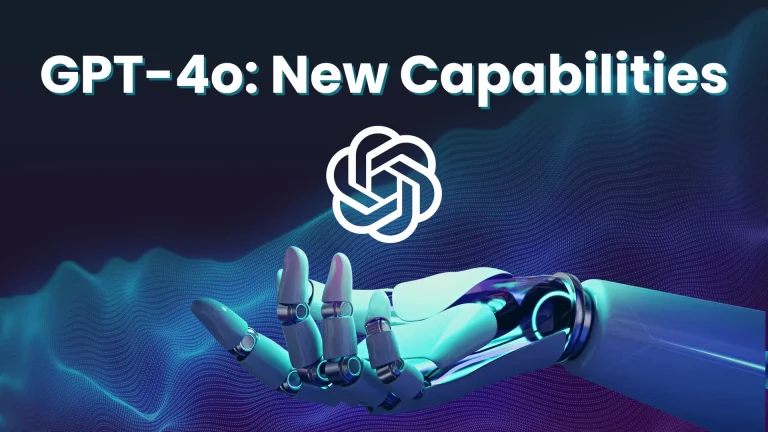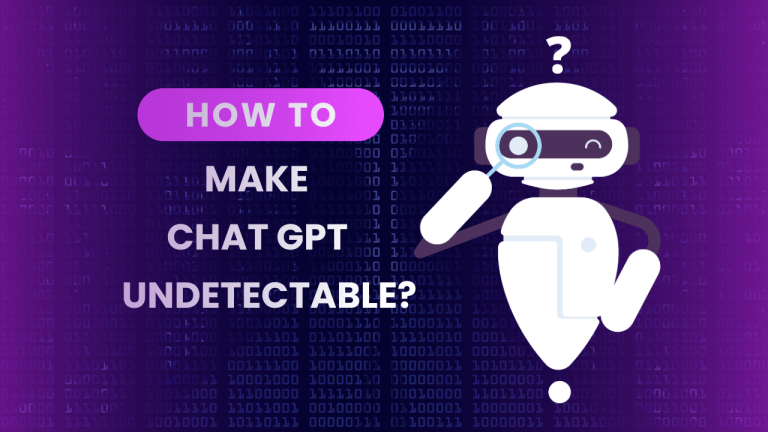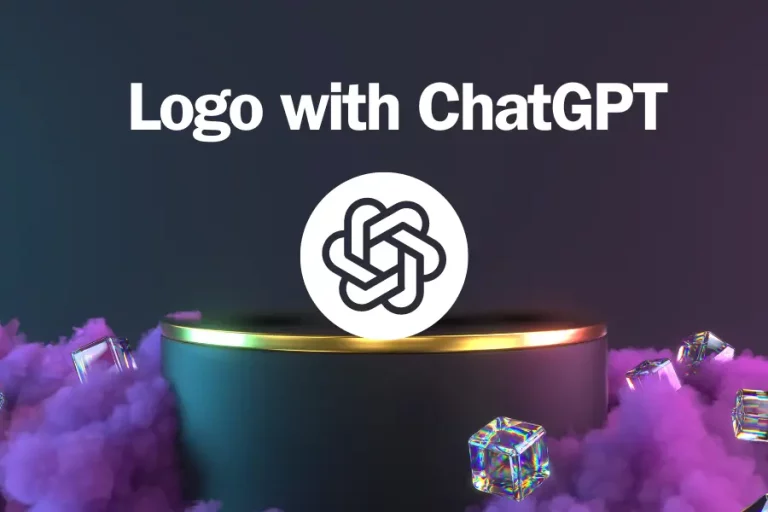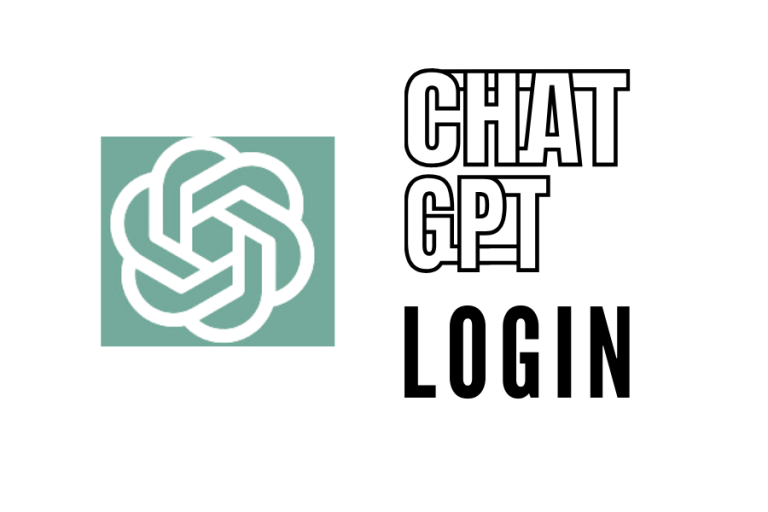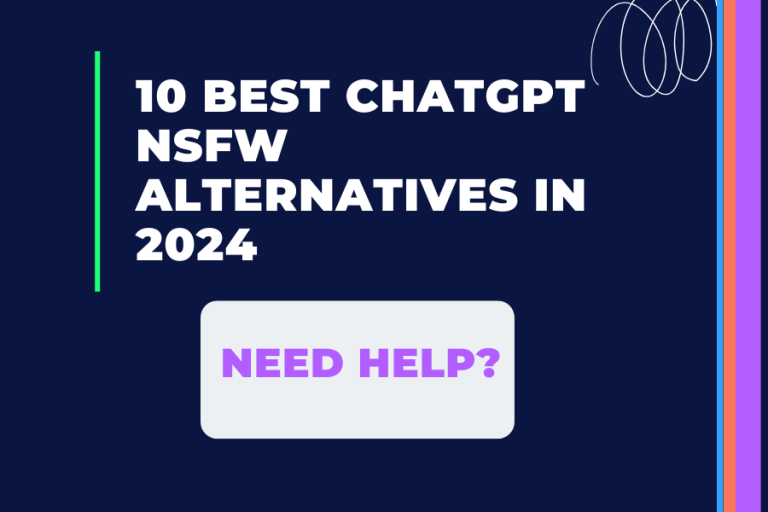How to Make ChatGPT Write Longer – More Detailed Responses
In the AI field, there’s a growing interest: enhancing ChatGPT for longer text results. Our team, experts in AI, have studied ChatGPT’s inner workings to tap into its ability for more detailed content. Gaining skills to get longer, clear answers from ChatGPT can boost your AI tasks. Let’s begin.
What is ChatGPT and Why Would You Want It to Write Longer?
If you’ve ever wondered about the capabilities of ChatGPT and why one might want it to produce longer responses, you’re in the right place. Let’s unpack this together.
Introduction to ChatGPT and its Capabilities
ChatGPT is a state-of-the-art language model developed by OpenAI. It’s built on the GPT (Generative Pre-trained Transformer) architecture, which allows it to generate coherent and contextually relevant text over long passages. Here are some of its standout features:
- Versatility: ChatGPT can perform a variety of tasks, from answering queries to writing essays or generating creative content.
- Scalability: The model can be fine-tuned to specific tasks or industries, making it incredibly adaptable.
- Real-time Interaction: It’s capable of real-time conversations, making it a handy tool for chatbots and customer support.
Understanding the Benefits of Longer Responses
Now, while ChatGPT is impressive in its own right, there’s a growing interest in making it write longer. And for good reasons:
- Detailed Explanations: Sometimes, a short answer doesn’t cut it. Longer responses can provide comprehensive explanations, ensuring the reader or user fully understands the topic at hand.
- Enhanced User Experience: For those using ChatGPT for customer support or chatbots, longer responses can make interactions feel more human-like and personalized.
- SEO Benefits: For content creators, longer and detailed content can rank better on search engines, driving organic traffic.
How Does ChatGPT Determine Response Length?
Focusing on the mechanics of ChatGPT, specifically how it determines the length of its responses
Brief Overview of the Underlying Mechanics
At its core, ChatGPT operates on the GPT (Generative Pre-trained Transformer) architecture. This technology allows ChatGPT to generate contextually relevant and coherent text. The underlying mechanics involve:
- Token Processing: ChatGPT processes information in chunks called tokens. These can be as short as one character or as long as one word.
- Context Window: The model has a fixed number of tokens (known as the context window) that it can consider at any given time. This window affects how much of a conversation or prompt it can “remember” and respond to.
- Attention Mechanism: This enables ChatGPT to weigh the importance of different tokens within its context window, helping determine the focus of its response.
| Mechanic | Function |
|---|---|
| Token Processing | Handles data in small chunks |
| Context Window | Limits the model’s “memory” |
| Attention Mechanism | Prioritizes certain data points |
Factors Influencing the Length of its Replies
The length of ChatGPT’s responses isn’t random. Several factors influence it:
- Prompt Length: The more detailed and lengthy your prompt, the more context ChatGPT has, which often leads to more comprehensive answers.
- Model Configuration: Different versions of GPT models have varied token limits. For example, GPT-3.5-Turbo has a different token capacity than its predecessors.
- Temperature Setting: This parameter determines the randomness of the model’s output. A higher temperature might result in more varied and longer responses, while a lower one tends to produce shorter, more focused replies.
- Max Tokens Setting: This is a direct control over the length. By setting a maximum token limit, you can instruct ChatGPT to generate responses up to a certain length.
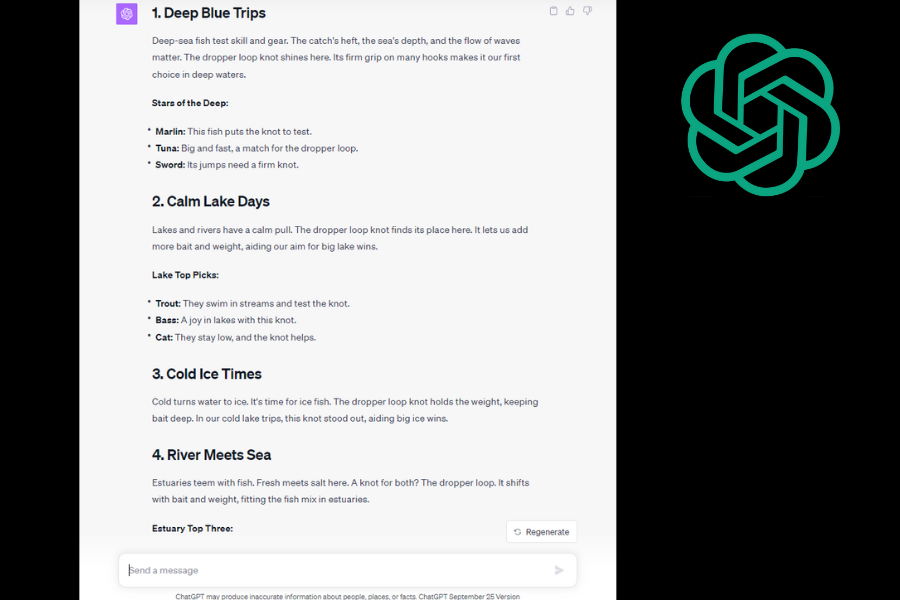
Read more: Can safeassign detect ChatGPT
How to Make ChatGPT Write Longer?
To make ChatGPT write longer:
- Craft detailed prompts.
- Use the “Regenerate response” button.
- Explicitly request longer responses.
- Specify the desired word count.
- Divide prompts into multiple parts.
- Ask ChatGPT to explain, continue, or elaborate.
- Incorporate page numbers.
- Request new iterations.
Adjusting Input Prompts for More Detailed Outputs
The adage “garbage in, garbage out” holds surprisingly well for AI models like ChatGPT. The quality and detail of your input play a significant role in determining the output.
- Descriptive Prompts: Instead of asking “What’s AI?”, pose a more detailed question like “Can you explain the history and applications of artificial intelligence?”
- Open-Ended Queries: Questions that invite elaboration usually get longer answers. For instance, “Discuss the pros and cons of AI in modern healthcare” will yield a more extensive response than a yes/no question.
| Prompt Style | Expected Output |
|---|---|
| Brief Query | Concise Answer |
| Descriptive Prompt | Detailed Explanation |
| Open-Ended Question | Elaborate Discussion |
Using Continuation Tokens or Iterative Prompts
Another fascinating method to extract more from ChatGPT is by leveraging continuation tokens or using iterative prompts.
- Continuation Tokens: By identifying the last token from a previous response and feeding it back into the model, we can prompt ChatGPT to continue from where it left off.
- Iterative Prompts: This involves taking the model’s previous response and using it as a new prompt. It’s like having a continuous conversation with the model, pushing it to delve deeper into the topic.
For example, if you initially ask ChatGPT about “The evolution of AI”, and it provides a brief overview, you can follow up with “Can you elaborate on the role of neural networks in AI’s evolution?” to get a more detailed explanation.
Are There Limits to How Long ChatGPT Can Write?
While ChatGPT is a marvel of modern AI, it’s essential to understand that it isn’t without its constraints. Here’s a glimpse into some built-in limitations:
- Token Limit: ChatGPT processes text in ‘tokens’. These tokens can represent anything from a single character to an entire word. Every model version has a specific token limit, which inherently limits the length of the response.
- Context Window: The model operates within a fixed context window, meaning it can only “remember” and consider a set number of tokens at any given time. This affects the continuity of longer conversations.
Seeking longer responses from ChatGPT is one thing, but ensuring that these responses maintain coherence is another challenge altogether.
- Quality Over Quantity: While it’s tempting to push for more extended outputs, it’s crucial to prioritize response quality. Longer doesn’t always mean better.
- Iterative Prompts: One way to maintain coherence in longer responses is by using iterative prompts, essentially breaking down a vast topic into smaller, more manageable questions.

Read more: Why does ChatGPT stop writing?
How Can Longer Responses Improve User Experience?
An aspect that’s close to our hearts: user experience (UX). Specifically, we’re exploring how longer responses, especially from tools like ChatGPT, can significantly elevate the UX.
The Advantages of Detailed Answers in Various Applications
Longer, more detailed responses have numerous advantages across a spectrum of applications. Here are some of the standout benefits:
- Comprehensive Information: Users often appreciate having a complete picture. Longer responses ensure that all facets of a topic are covered, offering a holistic view.
- Reduced Follow-ups: With detailed answers, users typically need fewer follow-up questions, leading to quicker and more efficient interactions.
- Increased Trust: When a tool provides in-depth responses, it often comes across as more knowledgeable and reliable, fostering trust among users.
| Advantage | Impact on UX |
|---|---|
| Comprehensive Information | Provides full clarity on topics |
| Reduced Follow-ups | Streamlines user interactions |
| Increased Trust | Enhances user confidence in the tool |
Scenarios Where Longer Responses Are Particularly Beneficial
While longer responses have general advantages, there are specific scenarios where they shine the brightest:
- Educational Platforms: Students and learners often seek detailed explanations to grasp concepts fully. Longer, in-depth answers can be invaluable here.
- Technical Support: When users face issues, a thorough step-by-step guide can be more beneficial than a brief overview.
- Research and Analysis: For professionals or enthusiasts diving deep into topics, comprehensive answers offer the depth they crave.
What Challenges Might Arise with Lengthier Outputs?
It’s crucial to also address the potential challenges that might emerge with extended outputs. While longer responses can be a boon in many scenarios, they can sometimes introduce complications.
Potential Issues with Overly Verbose or Repetitive Answers
Every tool, no matter how advanced, has its quirks, and ChatGPT is no exception. When pushing for lengthier outputs, here are some challenges you might encounter:
- Repetitiveness: Longer answers might sometimes contain repetitive statements or ideas, which can lead to redundancy.
- Loss of Focus: As responses grow in length, there’s a risk of them deviating from the core topic or question.
- Overwhelming Users: Not every user is looking for a detailed essay. Overly long answers can sometimes overwhelm or confuse users, especially if they were expecting a succinct reply.
Tips for Refining and Managing Extended Content
Facing challenges with longer outputs? Worry not! Here are some tips to refine and manage such content:
- Review and Edit: Always review the generated content. Look for repetitiveness or off-topic tangents and edit them out.
- Use Iterative Prompts: Instead of asking one extensive question, break it down into a series of smaller, focused queries. This can guide ChatGPT to provide more targeted and relevant answers.
- Feedback Loop: Consider integrating a feedback mechanism where users can highlight issues with responses. This can offer valuable insights into areas of improvement.
Conclusion
Our team holds that using the right steps and some tests, ChatGPT can be a strong help in making clear and smart text. As AI keeps changing, keeping up with tools like ChatGPT and how to tune them will surely help us a lot.

